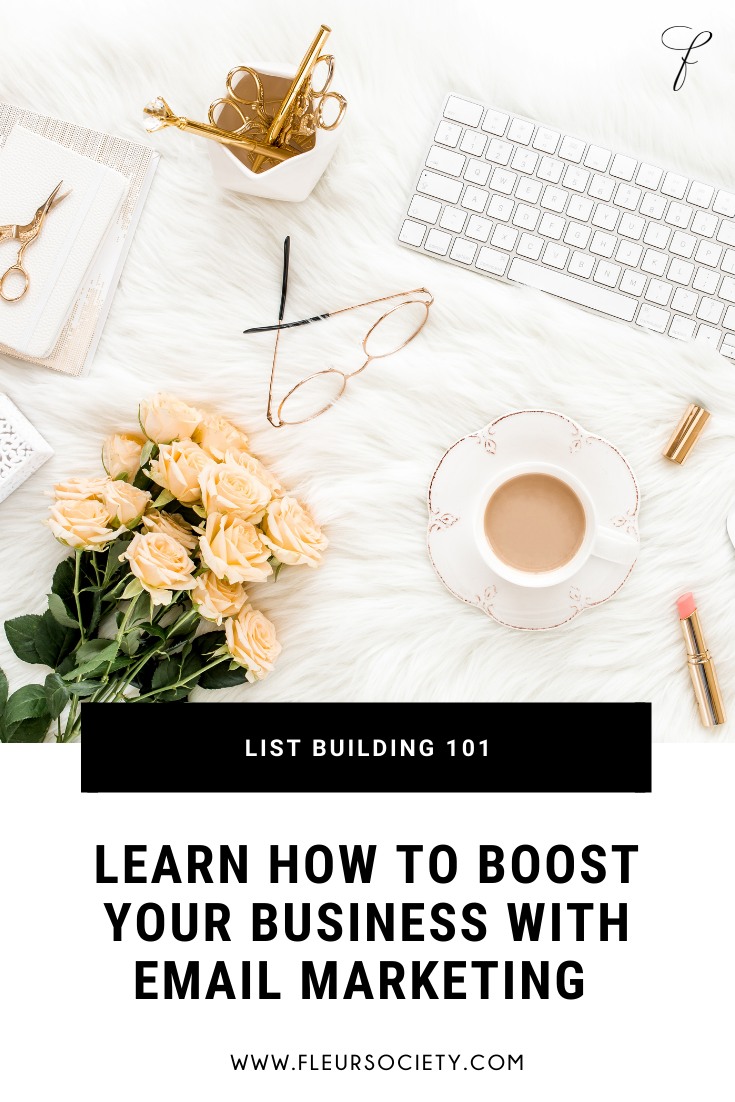Pricing for Profit
Pricing in a small business can be a challenge.
How do you currently price your services? Is your business profitable?
The Old School Way of Pricing
Estimated costs
2x mark-up
No labor expenses
Worked out of home – Don’t assume this means you have no overhead costs
Free delivery
No minimum
No perceived value
No client experience
No staff
No salary
New Pricing Strategies
Maximum price ranges
5x mark-up
Labor expenses
Delivery
Set Minimum
Sell value
Client experience
Overhead
Paid staff
Paid salary
Florist Overhead
The usual costs we think of are cost of goods, cost of hard goods, supplies, labor and delivery. We will go over these five items and way to price strategically to make a profit.
The Overhead You Forget to Consider
There are even more costs involved with running a business that we may forget to consider when setting prices.
Rent. If you work out of your house, rent is a cost of business. Factor it in!
Utilities + Bills. What is a house without any lights or running water? Once again, if you work from home at all, these costs are important to consider.
Gas + Mileage. When driving to pick up flowers or deliver to a venue, gas is being used.
Vehicle wear and tear. Keep in mind that driving all over town for deliveries and pick ups puts your car through wear and tear. These costs but be kept in mind as well.
Taxes are a reality for every business. BE sure to set aside money for taxes with each new customer.
Insurance
Salary
Benefits + retirement
Payroll
Time (overall): Including phone calls, emails, meetings in person
“Most companies break even at 3x, are profitable at 4x and grow once they reach a 5x multiple. ”
Ways Florists Price
Manual stem counts are a great way to start off and know what you are working with. There is also software that break everything down for you including order forms.
The Design Cost is an additional charge on top of the cost of actual flowers. You can add it, or just embed it within the cost of florals.
Prices can be
Itemized
Lump sum
Summarized.
Summarized estimates are great for potential clients.
Also present your minimums for everything. Have minimums is vital so that you steadily bring in the kind of income you want.
Pricing Process
Stem counts
Cost of goods
Design expense
Labor expense
Delivery + Installation expenses
Estimate
Proposal
Consultation
Stem Counts
Build recipe
Stem count
Use highest average cost per stem
5x costs
Set this as my maximum price
Minimum Prices for Bouquets
Having 3 tiered pricing will help you when creating estimates. Here are three pricing examples:
Bouquet Sample
Stem Count Recipe:
Garden roses: 20 stems x $3.5 = $60
Ranunculus: 15 stems x $2 = $30
Total floral cost: $90
5x cost = $450 maximum
Cost of Goods
Build list of goods per design
Use highest average cost per item
5x costs
Set this as my maximum price
Bouquet Sample: Hard Goods
Hard Goods List:
· Crystal Brooch = $5
· Wire = $2
· Pins = $2
· Ribbon = $2
Total Costs: $11
5x cost = $55 maximum
BOUQUET SAMPLE: Maximum Price
Total Cost:
Florals: $450
Hard goods: $55
Maximum Price: $505
Flexible Price Range: $450-505
SELL VALUE, NOT PRICE
Expenses
Design expense: Flat rate or based on how difficult the design is.
Labor expense: 20-35%
Installation: 20-35%
Delivery: should be based on mileage. Never do free delivery because there is the cost of gas and wear and tear on the car.
Separate expenses on proposal. Keep it in labor expenses to avoid couples haggling on the price.
Pricing
Use minimum + maximum price ranges
Use HoneyBook template to calculate pricing + expenses
Create a template for a high budget and a low budget.
Summarize costs in estimate
Estimate
When the estimate is finally going out to clients, sell value not price. Avoid only talking numbers, but explain the entire experience. Appeal to their emotions to help them envision how you will deliver the perfect day. Have confidence once the estimate is out. Be sure of yourself and of your value. Do not let the client take the lead in the discussion of pricing.
Use a style board to show the value of what you will produce Check out our Post on Style Boards. Using visuals along with the summarized pricing breakdown.
Summarized pricing breaks down into categories like “Personals” “Linens” “Fees” etc.
Booking incentives add that extra special experience. You can include a free toss bouquet or votive candles.
Include an expiration date on the estimate to encourage couples to take action.
Proposal and Agreement
Once the retainer is paid, send over the proposal and agreement. You can also send your welcome kit.
Design Consultation
Conduct a design consultation about 4 to 5 months before the wedding day.
Cultivate an amazing client experience by preparing a detailed presentation. Stay flexible and allow for changes.
Finalize the design
Best Practices
Summarize pricing
Separate expenses
Keep estimate 1 page. Keeping the pricing on one page, it makes everything look simple and avoids clients getting overwhelmed.
Don’t use the word “fee” or “contract”. Replace them with the word “expense” or “agreement”.
Don’t qualify your price or reveal that you have several price ranges.
Raise your prices constantly. Things change every year from time commitments to personal priorities.
Negotiate value NOT price












